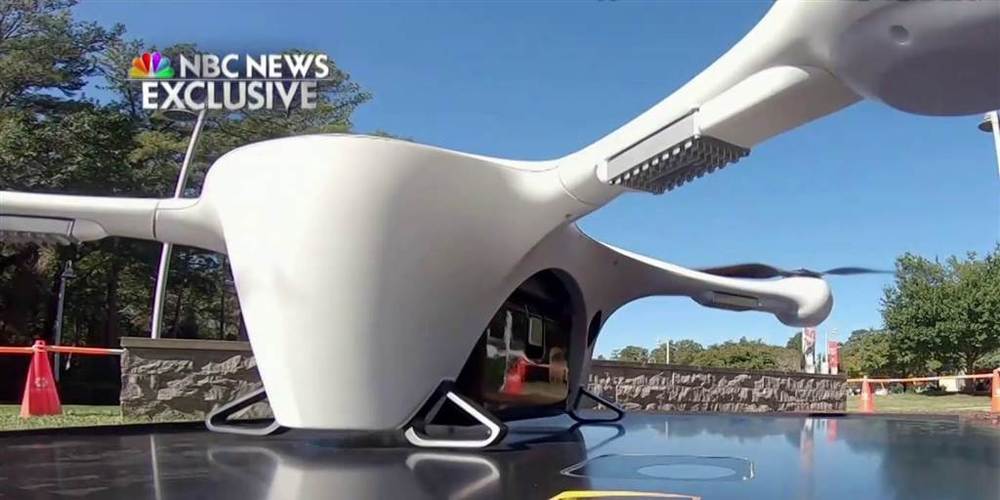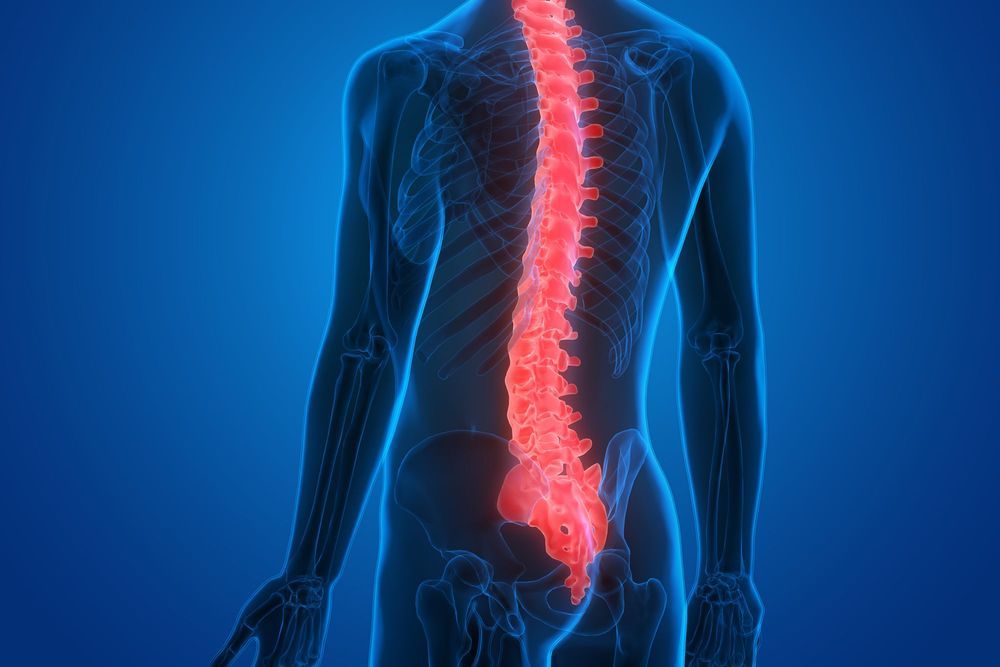Category: biotech/medical – Page 2,507

Dr. Bill Andrews Presentation & Tour of Sierra Sciences on October 11TH, 2019
Excellent lecture. Darwin’s turtle, sharks and clams 500 years old, talking about Liz Parrish at an hour and 8. And then a tour.
My mission is to drastically improve your life by helping you break bad habits, build and keep new healthy habits to make you the best version of yourself. I read the books and do all the research and share my findings with you!
This video is DR. BILL ANDREWS PRESENTATION & TOUR OF SIERRA SCIENCES ON OCTOBER 11TH, 2019. Brent Nally recorded, edited and produced this video. My apologies for the poor audio and camera work in the first few minutes. Infinite gratitude to Bill for opening up Sierra Sciences to us. Here’s a link to purchase IsaGenesis. You have to sign up first: https://getstarted.isagenix.com/VF234XXQV001
- Please consider a donation to me: My Bitcoin Cash (BCH) address: qr9gcfv92pzwfwa5hj9sqk3ptcnr5jss2g78n7w6f2 or https://paypal.me/BrentNally
SHOW NOTES:


New Biomaterial Developed That Could Be a Treatment for Spinal Cord Injuries
Polymerized estrogen shown to protect nervous system cells. Research could enable improved treatment of spinal cord injuries.
Spinal cord damage that causes paralysis and reduced mobility doesn’t always stop with the initial trauma, but there are few treatment options to halt increased deterioration — and there is no cure. Researchers at Rensselaer Polytechnic Institute have developed a promising new biomaterial that could offer targeted treatment to the damaged spinal cord and tissue, preventing further damage.
In research published today (October 23, 2019) in Nature Communications, an interdisciplinary team from Rensselaer demonstrated how estrogen — a natural hormone produced in the body — can be polymerized into a slow-releasing biomaterial and applied to nervous system cells to protect those cells and even promote regeneration.


